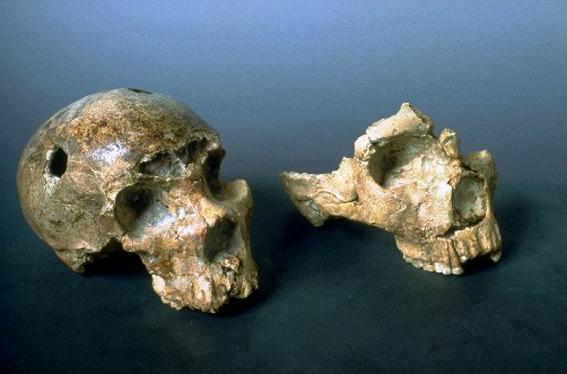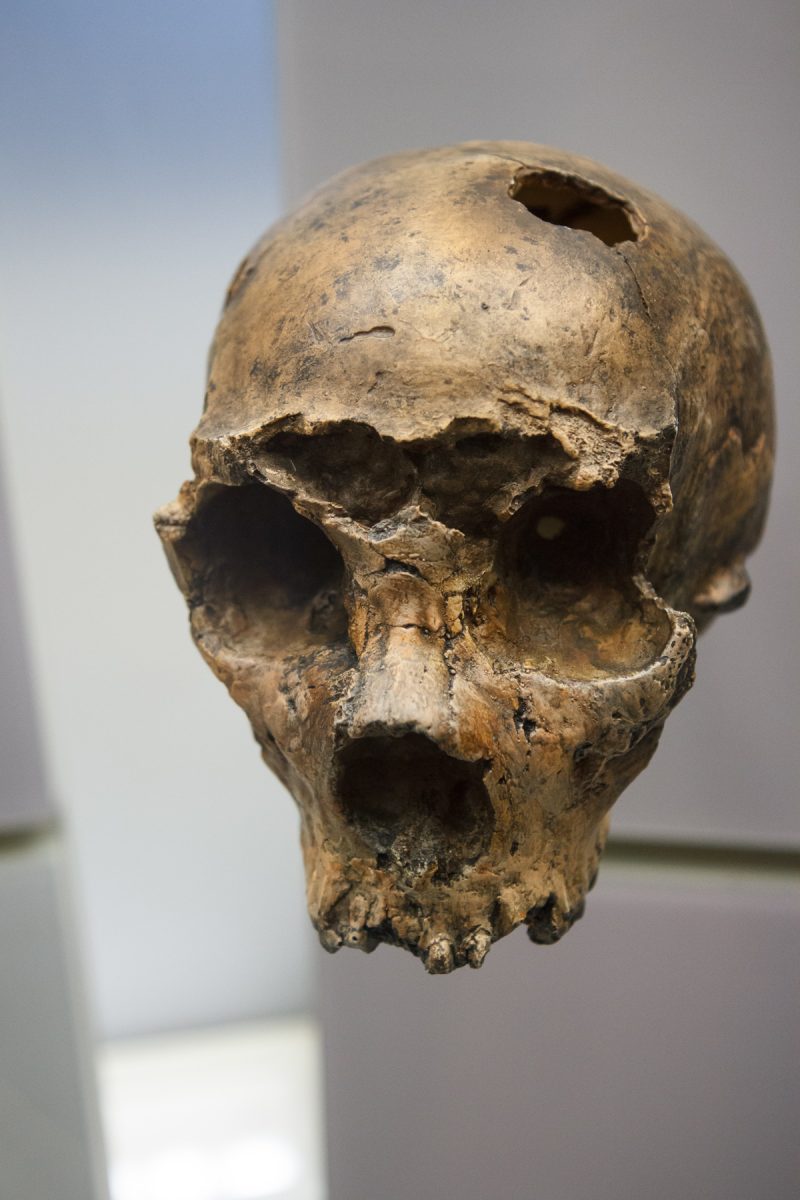A new study that was published last month shows some interesting new data about the life of proto-human species in Europe. The study claims that Neanderthals have arrived on the Italian Peninsular a lot earlier than previously estimated.
The researchers analyzed some radioactive samples take from the insides of two Neanderthal skulls. The two skulls are not a new discovery, they were found in a gravel pit in Saccopastore, Lazio, during two digs in the 1930’s. This new examination of the skulls was done by an interdisciplinary team of geologists from the Italian Institute for Geophysics and Vulcanology (INGV) alongside paleontologists and anthropologists from Rome’s Sapienza University and the University of Wisconsin-Madison in the US.

Fabrizio Mara, a scientist who worked on this study together with INGV said: “The results of our studies show that the Saccopastore remains are 100,000 years older than previously thought – and push back the arrival of Neanderthal man in Italy to 250,000 years ago.” This new revelation actually coincides with the appearance of the first “true Neanderthals” (between 200,000 and 250,000 years ago).

The research represents a very important step for further revelation of the prehistory of the human race. This new dating on the Saccopastore skulls alters our understanding of the distribution of early human species across Europe. This means that Neanderthal man arrived in Italy almost at the same time as he arrived in Central Europe.
There was a mystery that surrounded the skulls and was a real paleontological riddle for many years. The mystery can now be solved, thanks to this new discovery. When the skulls were first found, there were eleven stone artefacts beside them that looked older than the dating implied. They somehow looked out of time. With the help of the new measurements, this can be easily explained.
Before the Saccopastore fossils were re-dated, it was thought that the oldest Neanderthal specimen in Italy was the “Altamura Man”. But, recent examinations showed that it is from 130,000 years ago and it’s classified as an “archaic Homo sapiens with some Neanderthal features.” This skull was found in October 1993, embedded in the wall of a limestone cave (the Grotta di Lamalunga, near the city of Altamura).
The Saccopastore skulls were located in a gravel pit about 2.5 km before the Aniene merges into the Tiber river. The first skull was discovered in 1929, and appears to be that of an adult female. The second was found in 1935 by Professors Breuil and Blanc, and is a part of the face of possibly a 35-year-old male.
Although there is a lot of research done about humanity’s early ancestor known as Neanderthal, we still don’t know much about him. The Neanderthal man was only 0.12 percent genetically different from modern man. and it is proven that he was not less intelligent than modern humans. Last year the most comprehensive dating of Neanderthal bones and tools ever was carried out, which demonstrated that Neanderthals died out in Europe between 41,000 and 39,000 years ago—this coincides with the start of a very cold period in Europe and is 5,000 years after Homo sapiens reached the continent.
Source: thelocal